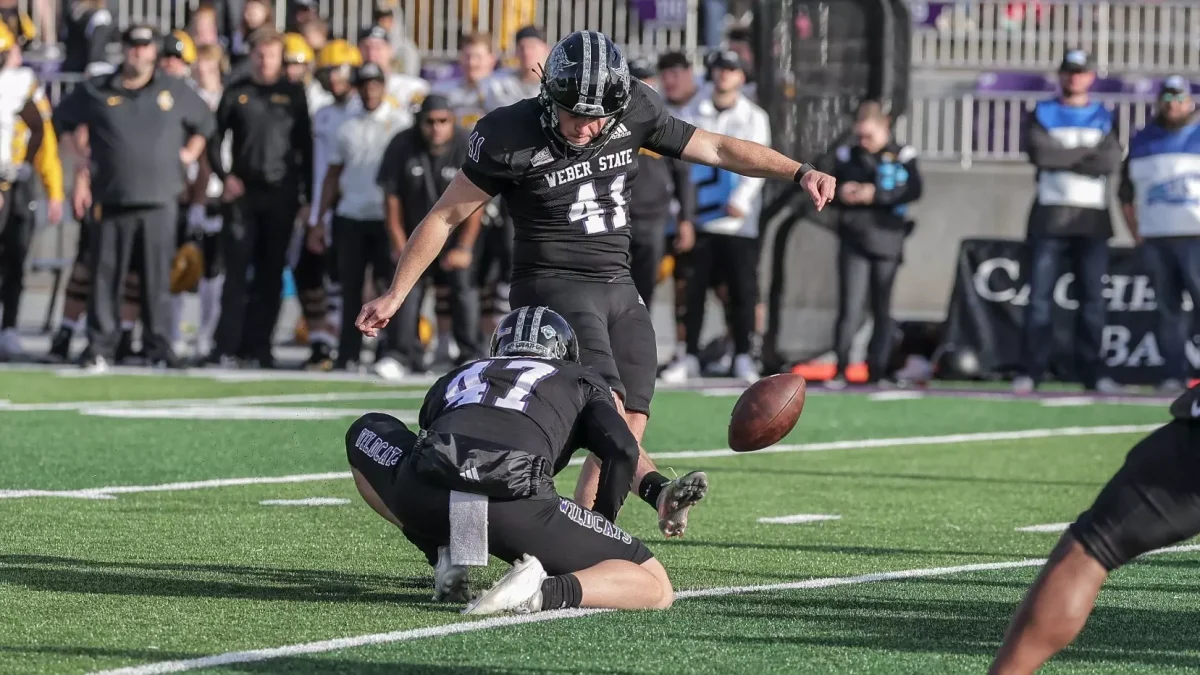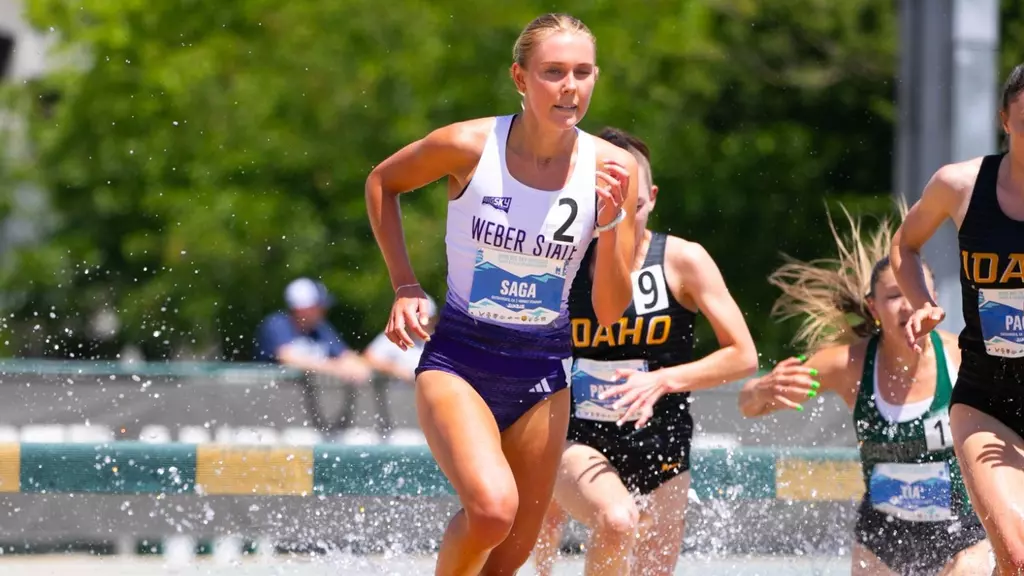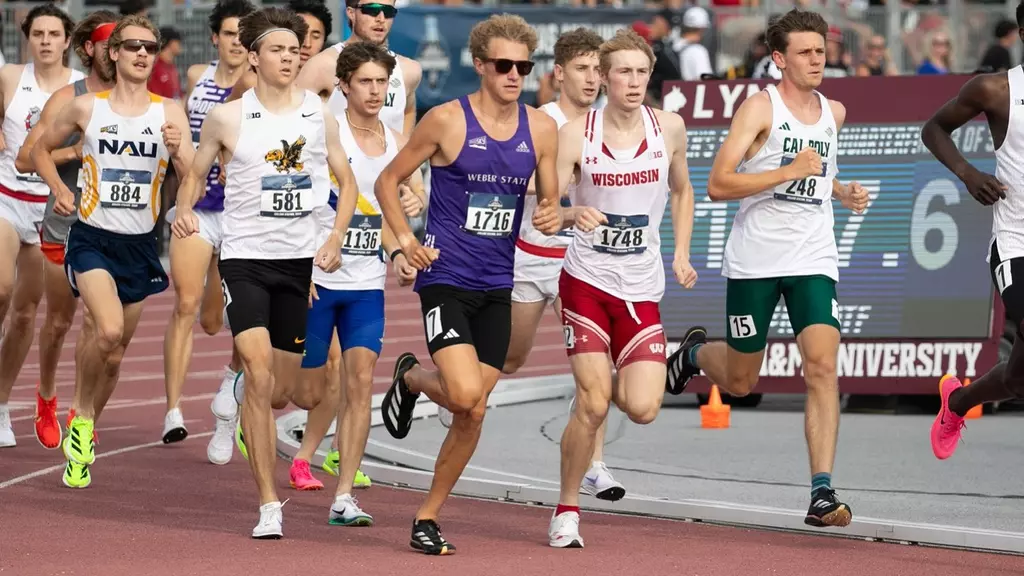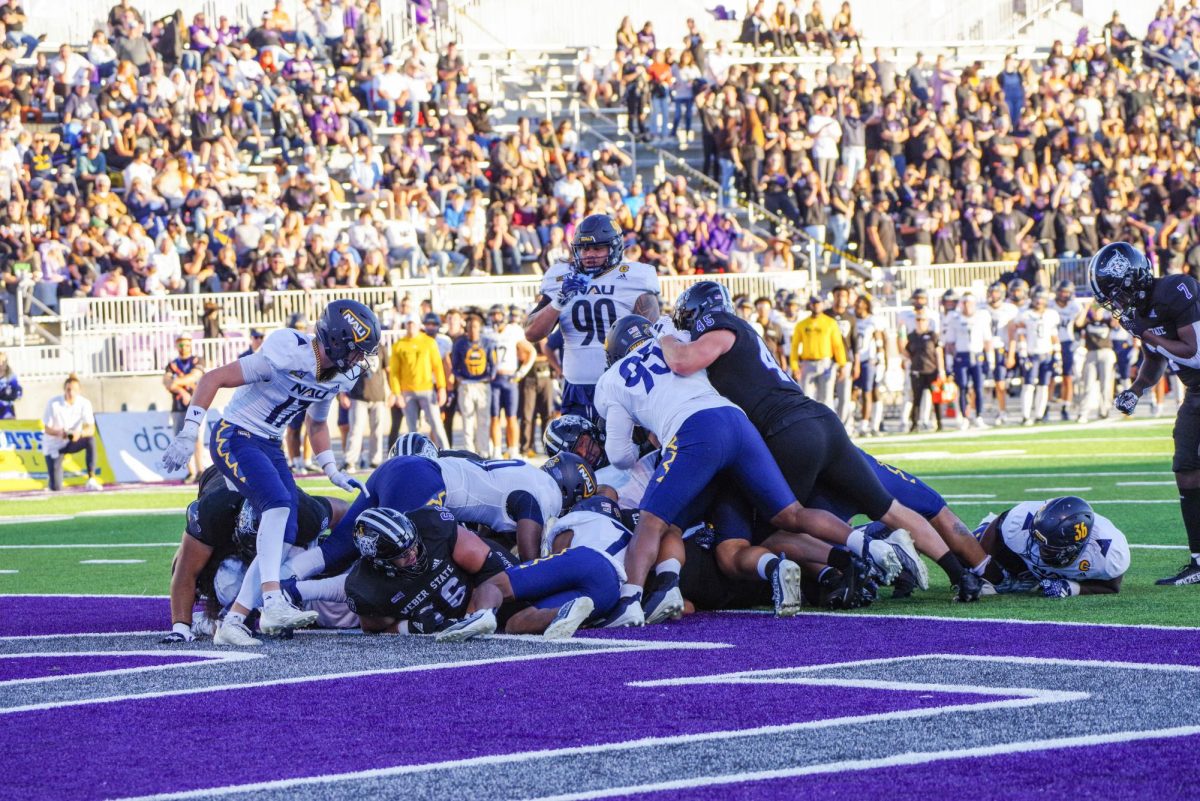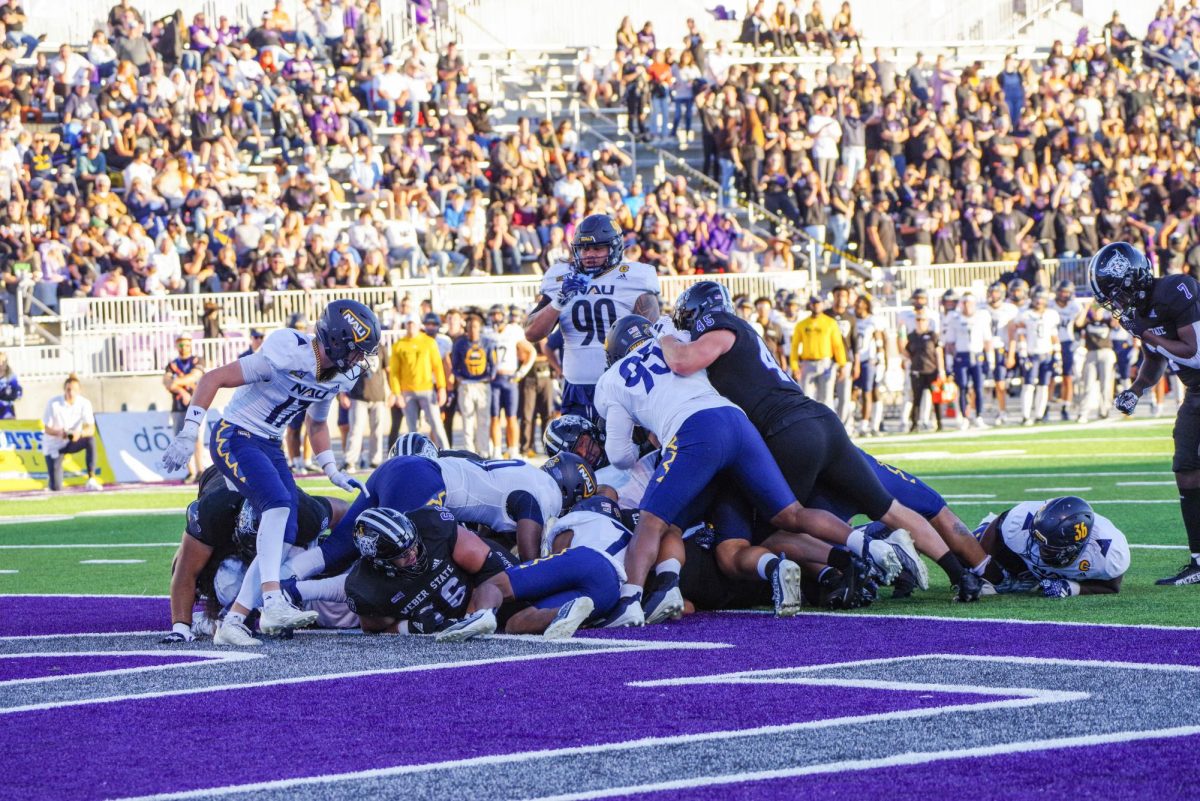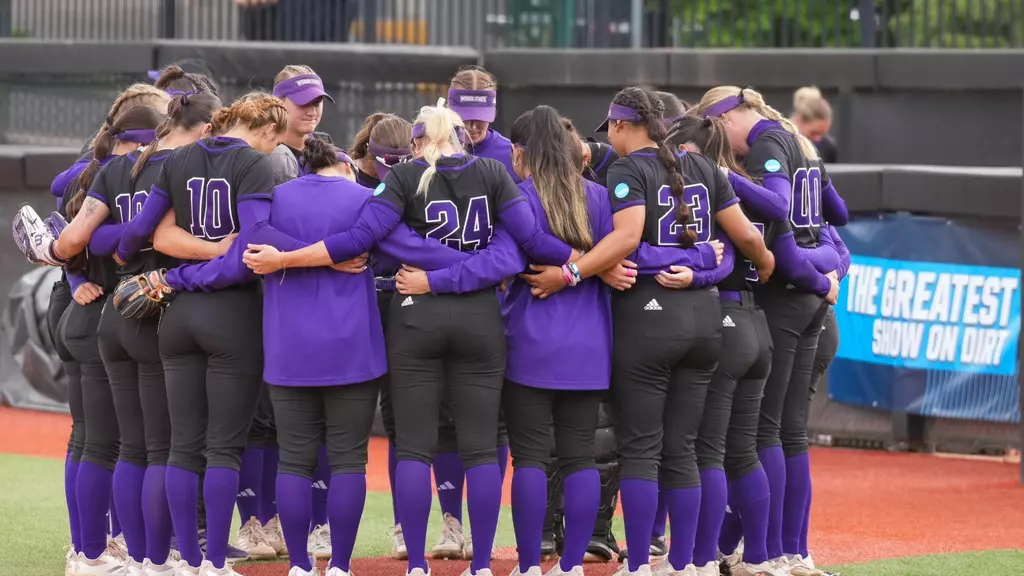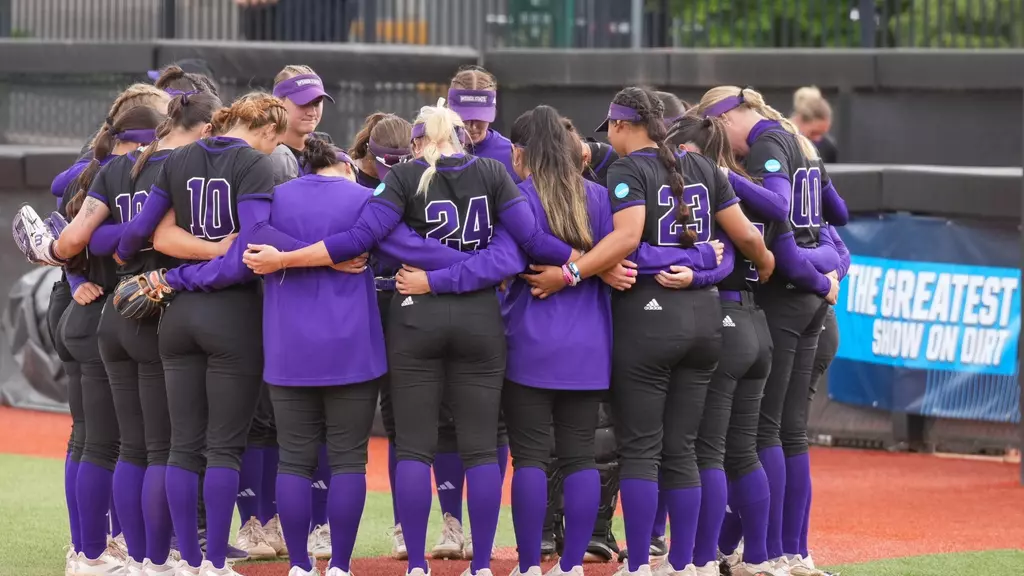Being an athlete on a collegiate team takes more than just working hard at practices. In order for athletes to be at the top of their games during their season, it takes hard work and a lot of their personal time. There are many athletic teams and clubs at Weber State University, and each of them require more than what the average fan sees.
Josh Stuart, a center fullback on the WSU men’s soccer team, said that even during their offseason, the players have a recreation team throughout the season. The team includes most of the WSU team members who have enough time to dedicate to soccer.
“It is hard because a lot of the players are older and have wives, jobs, families and everything else that makes up a busy life,” Stuart said.
He said the team itself tries to participate in at least a few tournaments to stay in shape and in sync with one another.
Tom Peterson, the head coach of women’s volleyball, said the offseason is critical and that, during this time, athletes should participate in open gym, practice on their own and get together as a team without him having to direct it. Over the offseason, he said, athletes need to get bigger, faster, stronger. He said that is what he wants and expects of his team after they come back from their time off.
Offseasons vary from sport to sport, but no matter what season it is, members of the teams need to stay in shape one way or another. Tasha Petroff, a cheerleader at WSU, described what the cheer team’s offseason practice is like.
“This summer,” Petroff said, “during our offseason, we were required to work out five hours a week and do one hour of skills practice.”
Peterson said the players start off with light training and conditioning at the beginning of their offseason. The volleyball team starts with about eight hours a week of light conditioning and lifting, gradually going to about 20 hours a week as they move into February.
“During this time, we can find our weaknesses and work on them, and also maximize our strengths,” Peterson said.
He said he also expects each of the players to work hard on their own, not only doing the required conditioning, lifting and practices.
The athletes get creative when it comes to their conditioning. Running, lifting and biking are ways to put the hours of conditioning in, but tallying up five or more hours can get challenging.
“I run and go to the gym,” Petroff said, “but my favorite way to stay in shape is jumping on the tramp.”
She said the trampoline is a lot of fun and helps her with her skills as well as giving her a good workout. Stuart also said he breaks up his conditioning with activities that are fun, but keep him in shape.
“I have many hobbies that keep me fit,” Stuart said. “I mountain-bike, road-bike, ski, play soccer, do all kinds of water sports, really anything outdoors.”
Stuart said the coaches really look at offseason training and conditioning.
“Our coach is aware of who is training during the offseason and who isn’t,” Stuart said. “He actually will come watch a few of our (club) games.”
Petroff said she also noticed a difference with her teammates who worked hard over the summer and those who didn’t, saying there was a noticeable change in the performance of some cheerleaders at the start of the year.
While the offseason is a break for athletes, they are still expected to work hard and come back ready for the year.
“Offseason training gives athletes and teams an advantage on those who don’t train during that time,” Peterson said.




